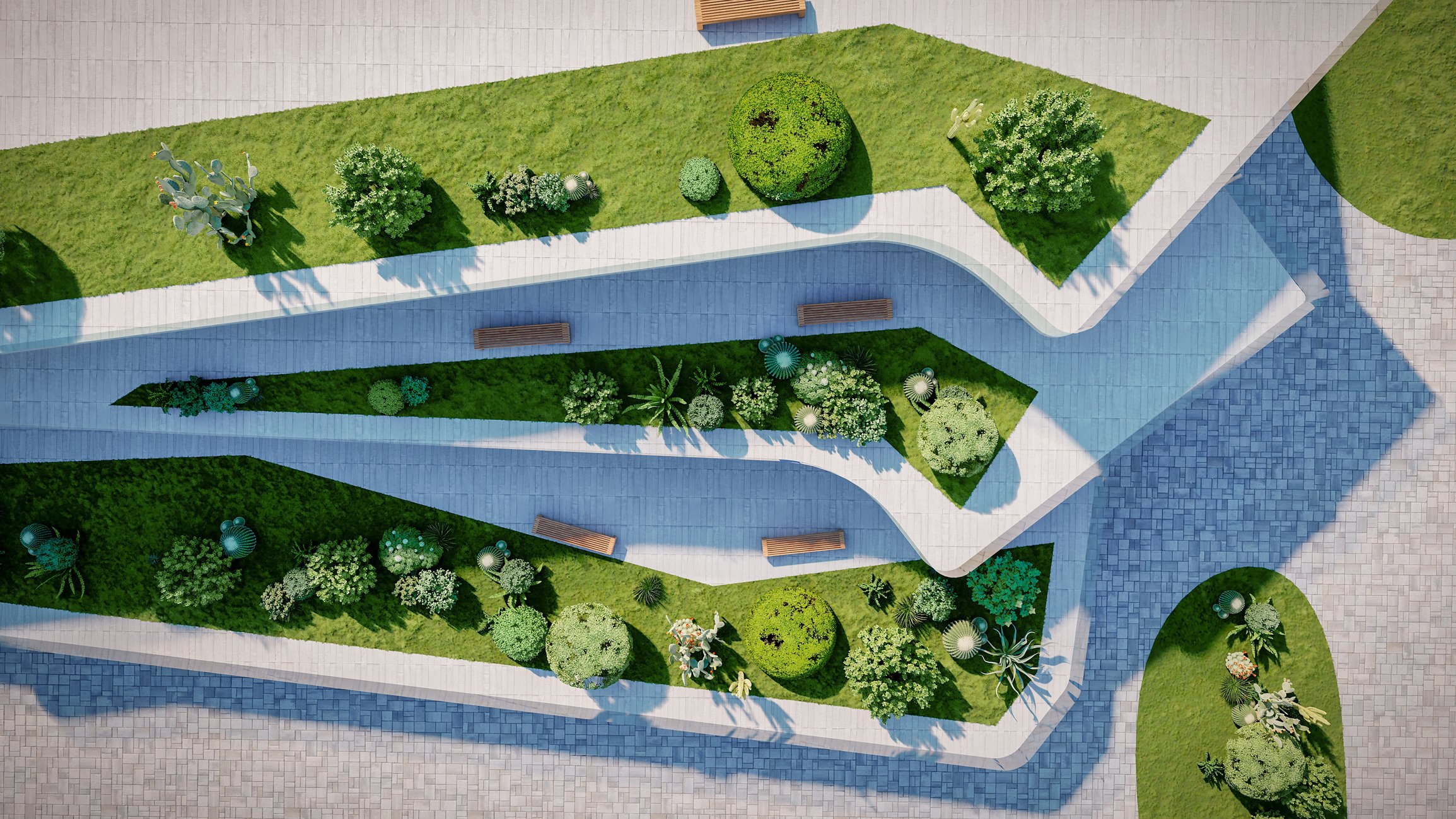The construction industry continues to be a key pillar for global development and, in recent years, has undergone profound transformations driven by sustainability, digitalisation and the growing demands of an evolving world.
As we close 2024, it is the perfect time to identify and reflect on the significant advances this year has brought, while also projecting the trends that will set the course for 2025.
Advances of 2024: The consolidation of sustainable building
This year, 2024, has been characterised by the consolidation of technologies and practices that began to emerge in previous years but have now achieved wider implementation. Among the most notable advances, we find:
1. Building based on the circular economy
The principles of the circular economy, as outlined in ISO 20887, such as the reuse of materials and the reduction of construction waste, have been established as common and priority practices in construction projects. Some of these aspects have included the use of recycled concrete, reusable modular structures and the implementation of on-site recycling systems.
2. Nearly zero-energy buildings (nZEB)
The construction of nZEB buildings has been one of the major trends of 2024. Thanks to the integration of solar panels, energy storage systems, and passive design strategies, this trend has become an increasingly tangible reality.
3. Digitalisation of the sector
Digitalisation has transformed construction operations this year. The use of BIM (Building Information Modelling) has evolved into more comprehensive systems that cover the entire building life cycle. In our case, we have taken it a step further by improving our carbon footprint calculation software and launching our Zero Obra Impact app, designed to manage projects with BREEAM and LEED criteria.
4. More rigorous certifications and regulations
This 2024 has also brought modifications and updates to regulations and certifications. LEED v5 has completed the public comment period, and we already know the foundations for its incorporation focused on decarbonisation. The EU Taxonomy has also been making its mark in the sector as a fundamental tool for evaluating construction investments.

2025: Technological transformation and advanced sustainability
For 2025, trends point to a sector even more committed to sustainability, driven by technology and stricter regulations.
1. Sustainability as a regulatory and operational pillar
In 2025, sustainability will not just be an objective but an indispensable requirement. This will translate into projects that not only minimise their environmental impact but also act as regenerators of the environment. From buildings that capture carbon to designs that promote biodiversity, we will see a more ambitious approach to sustainability.
2. Renewable energy and energy self-sufficiency
The integration of renewable energy solutions will continue to grow, but with an emphasis on self-sufficiency. Developments will include combined generation systems (solar, wind, and geothermal) and more efficient storage technologies.

3. Advanced technology: AI and IoT as allies of the sector
Artificial intelligence and the Internet of Things (IoT) are set to transform our understanding of buildings:
- AI for Data Analysis: The ability to process large volumes of information has enabled the optimisation of architectural designs, the anticipation of construction issues, and cost reduction.
- IoT and BMS (Building Management Systems): Smart building management systems have connected sensors, devices, and networks to enhance energy efficiency, detect faults, and optimise occupant comfort.
4. Modular Construction as a Flexible and Sustainable Solution
Modular construction is poised to establish itself as an efficient response for projects of various scales. Its ability to reduce waste, shorten execution times, and integrate sustainable materials will make it a key trend in 2025, facilitating easier integration of sustainable materials and advanced technologies.
5. New Innovative Materials
The development of new materials, increasingly sustainable, designed to generate less waste and be reused multiple times, will define 2025. Public funds have anticipated this, and since 2024, calls for grants for the creation of innovative sustainable materials have already been opened.

Conclusion: Innovation and Sustainability as Drivers of Change in Construction
The year 2024 has laid the groundwork for 2025, where sustainability will be more deeply integrated at all levels of the sector. The transition towards regenerative construction, advancements in smart technologies, and the global commitment to the circular economy will be key drivers.
At Zero Consulting, we will continue to explore, innovate, and promote solutions that allow us to build a future where environmental responsibility and technology go hand in hand. The challenge is significant, but the opportunities to transform the industry are immense.


